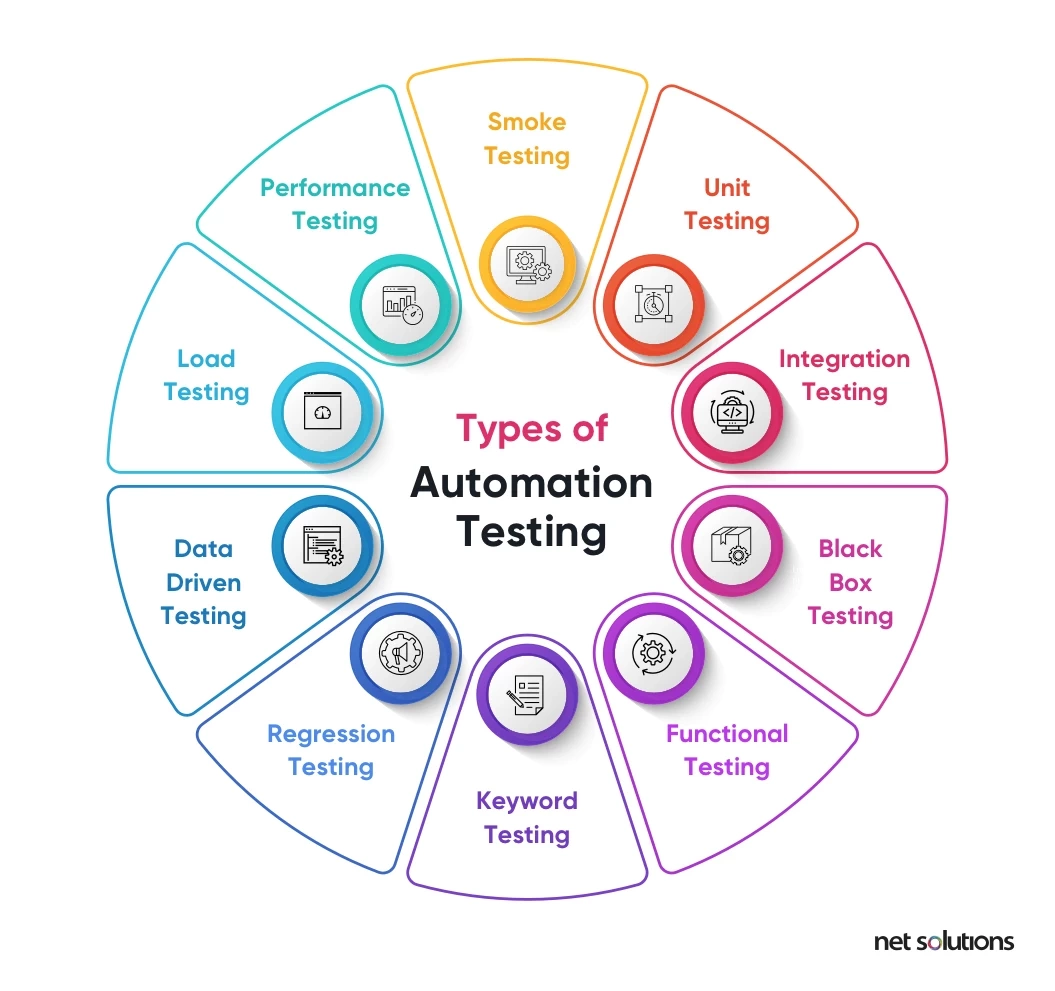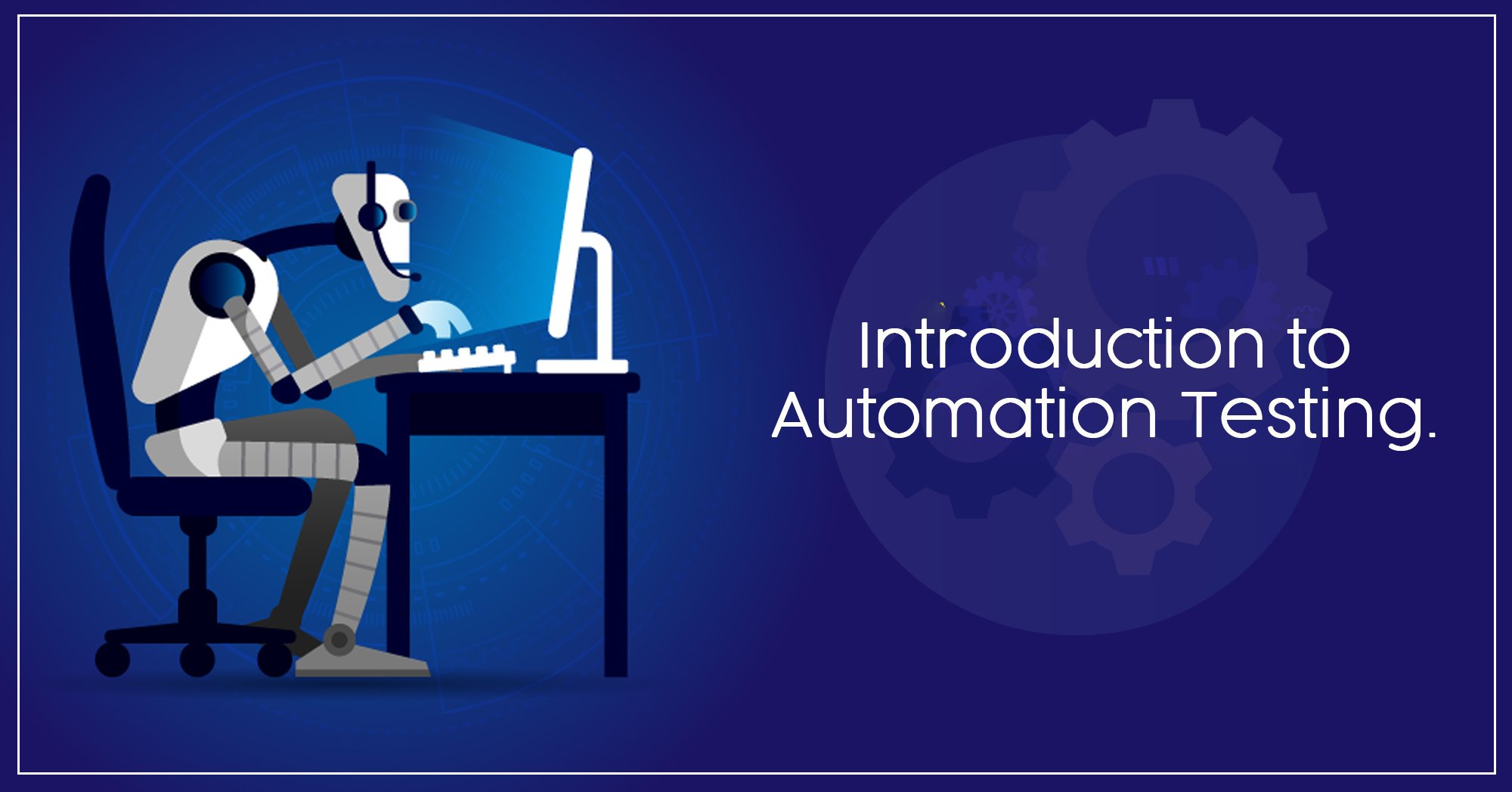From Handbook to Automated Screening: A Comprehensive Overview to Transitioning Smoothly and Successfully
In the realm of software application screening, the shift from manual to automated procedures has actually become an increasingly important change for companies looking for to boost performance and accuracy in their testing methods. The journey from handbook to automated screening is not without its challenges, but when approached strategically and with a clear strategy in mind, the benefits can be substantial.
Advantages of Automated Evaluating
Automated screening provides various benefits, improving effectiveness and accuracy in software development processes. One key benefit is the substantial reduction in testing time. Automated examinations can be run all at once on several gadgets and operating systems, substantially accelerating the testing phase compared to hand-operated testing. This enhanced efficiency enables for faster responses on the top quality of the software program, allowing developers to identify and deal with issues quickly.
In addition, automated screening makes certain a greater degree of precision in identifying issues. Consistency in testing is also improved, as automated tests execute the very same steps precisely each time they are run.
Selecting the Right Tools
First of all, evaluate your purposes and demands. Understand the scope of your project, the innovations included, and the ability of your team. This evaluation will assist you identify the abilities and attributes you need in your testing tools.
Second of all, take into consideration the compatibility of the tools with your existing systems and processes. Smooth assimilation with your existing software advancement lifecycle is necessary to make certain a smooth shift to automation.
Furthermore, evaluate the scalability and versatility of the devices. As your screening requires evolve, the tools ought to be able to adapt and accommodate modifications effectively.
Finally, element in the assistance and community around the tools. When carrying out automated screening, robust assistance and an active user community can supply useful resources and aid. By thoroughly thinking about these facets, you can pick the right devices that line up with your requirements and established the stage for a successful change to automated screening.
Composing Reliable Test Manuscripts

When crafting examination manuscripts, it is vital to consider the particular demands of the software being tested and ensure that the manuscripts deal with all vital performances. Clear and descriptive naming conventions for examination scripts and examination situations can enhance readability and have a peek at this site maintainability. Furthermore, including mistake handling devices within the examination manuscripts can assist in identifying and attending to problems immediately.
Moreover, arranging test scripts into modular components can enhance reusability and scalability, decreasing redundancy and improving efficiency in test script maintenance. Routine evaluations and updates to test manuscripts are crucial to equal evolving software program demands and performances. By following these principles, testers can create effective and durable test manuscripts that contribute dramatically to the success of automated testing procedures.
Integrating Automation Into Workflows
By seamlessly incorporating automated screening tools like Selenium or Appium right into the software advancement lifecycle, teams can attain faster feedback on code adjustments, leading to quicker bug detection and resolution. This integration allows for continuous testing throughout the development procedure, making certain that any kind of concerns are identified early on, resulting in higher software program high quality. Appropriate integration of automation tools calls for collaboration in between advancement, testing, and procedures teams to develop a unified process that optimizes performance and efficiency in providing top quality software products.
Guaranteeing a Smooth Change
Successfully transitioning to automated screening entails precise preparation and cautious implementation to optimize and reduce disturbances efficiency in the software application growth process - automation testing. To make sure a smooth shift, it is important to start by carrying out a thorough evaluation of the existing testing processes and recognizing locations where automation can bring one of the most significant benefits. Engaging with all stakeholders beforehand while doing so, including designers, testers, and job managers, is important for gathering assistance and buy-in for the automation effort
Communication is crucial throughout this transition phase. Clear communication of the goals, benefits, and assumptions of automated screening helps to manage any resistance or concerns that may occur. Furthermore, offering appropriate training and sources for employee to upskill in automation devices and strategies is vital for guaranteeing a successful shift.

Final Thought
In conclusion, transitioning from guidebook to automated testing uses numerous benefits, consisting of increased effectiveness and integrity. By selecting the proper devices, composing efficient examination manuscripts, and incorporating automation seamlessly into process, companies can guarantee a smooth and effective change. It is vital to accept automation as a beneficial asset in software program screening processes to improve total top quality and performance.
In the world of software screening, the change from guidebook to automated processes has actually become a progressively crucial transition for companies seeking to enhance efficiency and accuracy in their screening methods. Automated examinations can be run simultaneously on multiple tools and operating systems, dramatically speeding up the screening phase contrasted to manual testing. Uniformity in screening is likewise boosted, as automated examinations implement the very same actions precisely each time they are run.To make sure the effective implementation of selected testing tools, the development of effective test scripts plays a crucial role in verifying the performance and performance of automated procedures - automation testing. By adhering to these concepts, testers can create efficient and robust test manuscripts that add significantly to the success of automated screening processes